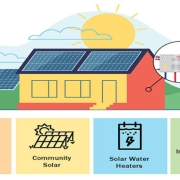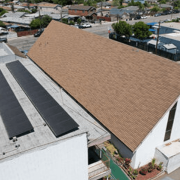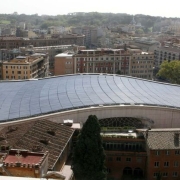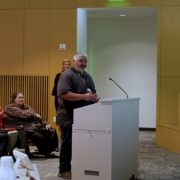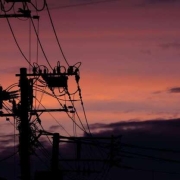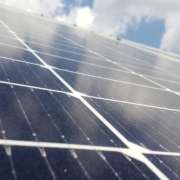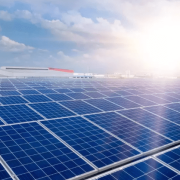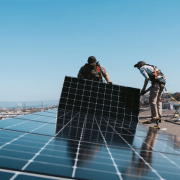Google has made a capital investment in Taiwan-based New Green Power (NGP), in a deal that grants the US tech company the rights to procure up to 300 MW of solar power. The companies said that Google’s suppliers in the region could also gain access to NGP capacity.
NGP is a large-scale PV project developer, engineering & construction (EPC) and operator specialist founded in 2009. It has plans to expand its solar project pipeline in Taiwan to 1 GW in the coming years. NGP is a portfolio company of a climate infrastructure unit of U.S.-based asset manager, Blackrock.
Click here to read the full article
Source: PV Magazine
—
If you have any questions or thoughts about the topic, feel free to contact us here or leave a comment below.


